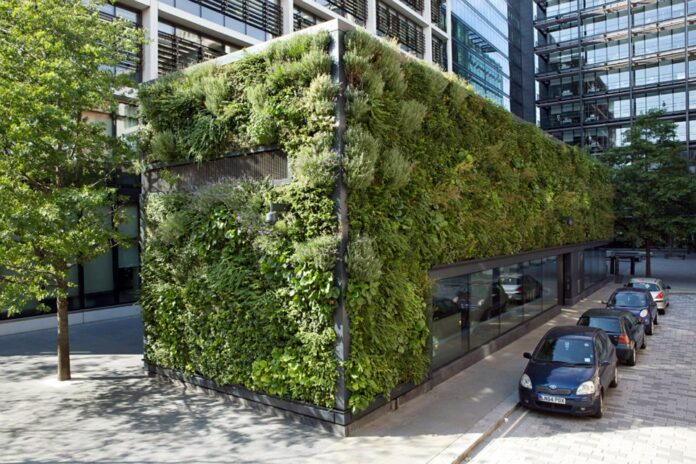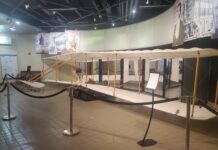Biophilia is the idea that claims on the dependency of human identity on the relationship with nature. Beneficial contact with nature can be sustained in a variety of ways and the work in this area could provide the beginning of evidence for a potential link between nature and people. People are visiting parks every day along with walking, sitting, and watching nature, especially trees. They want to be comforted and reassured by their surroundings. If we find ourselves relaxing and feeling a pleasant surge of energy welling up inside after watching the bright, beautiful colors of autumn trees and smelling the fresh air in the woods, then we are experiencing “biophilia,” an emerging area of scientific research.
Biophilia is the idea that human affinity with nature is inherent in the way our nervous systems develop. The biophilia hypothesis boldly asserts the existence of a biologically based inherent human need to affiliate with life and lifelike processes (Wilson 1984). Hypothesized expressions of the biophilia tendencies are referred to as “utilitarian,” “naturalistic,” “ecologistic-scientific,” “aesthetic,” “symbolic,” “humanistic,” “moralistic,” “dominionistic,” and “negativistic” valuations of nature.
Utilitarian value can be found in strong care for trees that are useful for humans. The use of the utilitarian term is confined to the material value and the physical benefits derived from nature, which is a fundamental basis in term of human sustenance, protection, and security. Naturalistic value can be found in the feeling of joy in contact with trees. The naturalistic tendency can be regarded as the satisfaction caused by direct contact with nature, which encompasses a sense of fascination and wonder derived from a close experience of nature’s diversity and complexity. Ecological-scientific has probably conferred distinctive advantages in meeting and mastering of life’s physical and mental requirements—including increased knowledge and the recognition of potential material uses of nature through direct exploitation. Aesthetic value can be found as a strong feeling in favor of beauty of trees.
Investigating biophilic values in the urban woodland areas and the identifying the link between these values and the people’s behavior from different ethnic background are the key area in this study.
Analysis
This article will help guide the next phase of research into designing an outdoor area by explaining the relationship with humans and nature. Biophilia is a naturally occurring phenomenon where people feel connected to nature or woodland areas, usually creating a sense of calmness. As I will be designing in an urban area, it will be important to try to incorporate the natural feeling of the outdoors into the space. It’s also important to understand the balance between utilizing the real outdoors and creating a sense of “the outdoors” using non-naturally occurring resources. Understanding human behavior and psychology when it comes to being in nature will help with designing a peaceful workspace, as office work can often be mundane and stressful. By utilizing this article’s nine biophilia tendencies, I feel that the Dayton co-working space will heavily benefit and make the design process happen more naturally. Creating a dynamic space with relaxing surroundings will be of the utmost importance for a successful co-working space.




